Whether the fabric is for garments, home textiles, or outdoor uses, today’s consumers expect excellent performance from textiles. The utilitarian elements of cloth are frequently as important as color and texture when making a purchase decision. As a result, antimicrobial fabrics may enhance the value of a wide range of products.
What exactly is antimicrobial fabric? What’s the material? What makes it so effective? What will you need to know about this specialist textile, and why is it suitable for so many applications? You will find all the answers to the questions above, and many more information on this topic.
First, let’s take a look at what antimicrobial fabric is.
Antimicrobial fabric is made to prevent bacteria, mold, fungus, and other germs from growing. These antimicrobial qualities derive from a chemical modification, known as an antimicrobial finishing, that is given topically to textiles during the final steps, allowing them to suppress bacteria development. Antimicrobial textiles may be used in a variety of commercial, residential, and industrial settings.
Can antimicrobial fabric stop the spread of viruses?
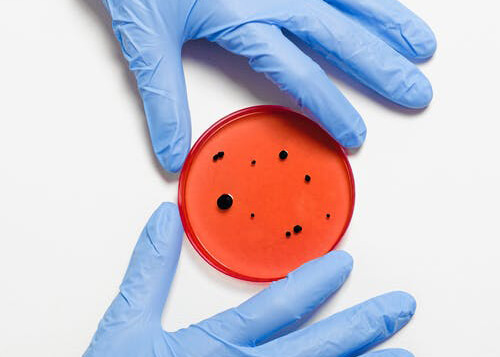
While the antimicrobial fabric is excellent in slowing the development of bacteria, it does not kill viruses on touch, making it ineffective for preventing viral spread. Even the quickest antimicrobial fabrics take multiple minutes to kill microorganisms, while others simply delay or stop their development. Instead of replacing hygiene and other health and safety measures, think of them as an additional layer of protection against hazardous bacteria that you may utilize in combination to your usual sanitary procedure.
How can antimicrobial fabrics help you?
1. More durable
Fabrics with an antimicrobial coating are more durable and resist germs, mold, and mildew. As a result, products endure longer and provide more value to customers.
2. Defends against smells
Microbes and some microorganisms cause not just wear and tear but also smells and discoloration on fabrics. Antibacterial fabrics can aid with this, and they’re especially effective for clothes and items that are exposed to perspiration and humidity.
3. Cleaner for a prolonged duration
Antimicrobial fabric products that assist to limit germs are a big advantage in many areas, notably healthcare. Antimicrobial fabrics will not only reduce the amount of time spent cleaning, but they will also assist to keep goods like privacy drapes and upholstery cleaner between those regular cleanings.
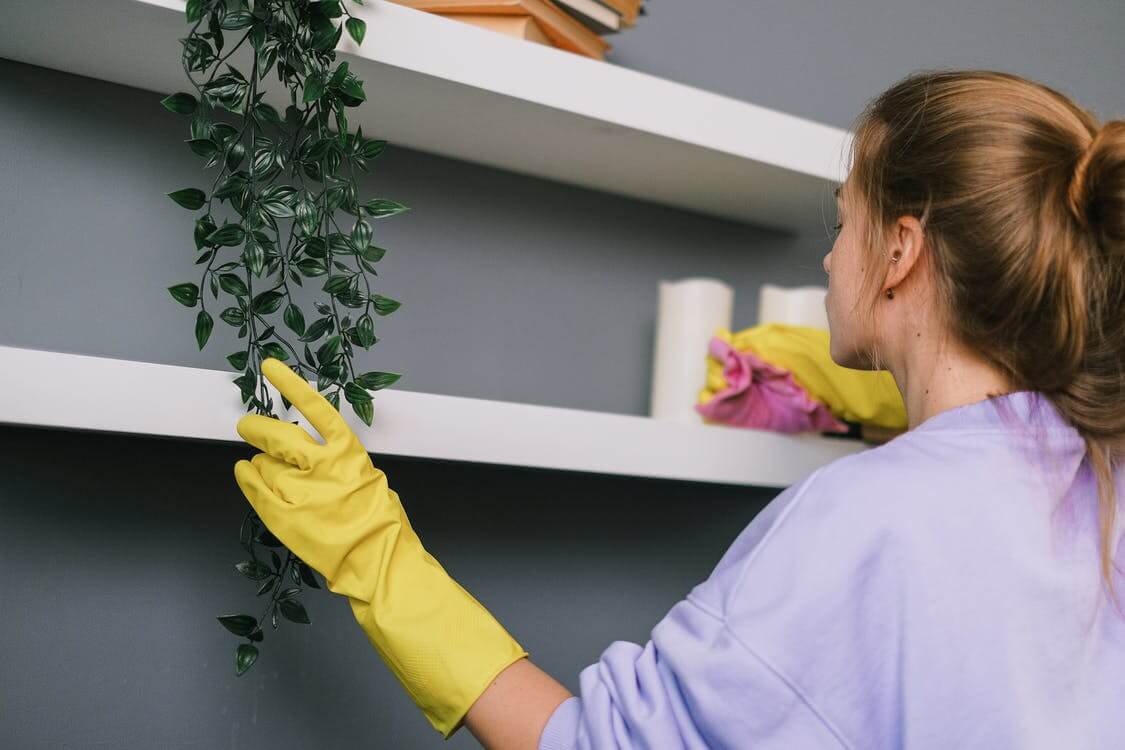
4. Environmentally friendly
Antimicrobial-treated textiles have a longer lifespan. Slowing the cycle of items ending up in landfills, as well as the requirement to create new replacements, reduces our carbon intensity. Furthermore, because antimicrobial fabrics need less washes, less water and soap are wasted, which is beneficial for the planet.
5. Dust mite numbers are reduced
Dust mite levels in treated items have been shown to be reduced by some antimicrobial treatments.
What is the purpose of antimicrobial fabric in hospitals?
Fabric poisoning by microbes is an all-too-common occurrence. Bacteria and fungus may thrive on human perspiration, oil, and other pollutants that normally soak into clothing and linens. While you’ve likely never seen mold growing on a cloth, you’ve almost certainly seen the effects of the infestation.
Fabrics that allow germs to thrive typically create a lingering stench. Bacteria and fungus may leave a lasting odor on cloth that won’t go away no matter how many times it’s washed.

Microbial Growth’s Potential Negative Effects
Microbial development might potentially have a negative impact on the product’s longevity. Both organic and inorganic fabrics are progressively eaten away by bacteria and fungus. Furthermore, the odor these microorganisms emit stimulates repeated wash cycles, which reduces the product’s lifetime.
Fabrics can act as a disease transfer vector in clinical uses and shared facilities. While most disease-causing germs can’t live indefinitely on fabrics, they can survive for long enough to spread new diseases across a hospitals or jail.
Contamination Prevention
Antimicrobial textiles protect your items from bacteria and fungal contamination. The coverings are meant to keep microorganisms from attaching themselves to your items in the first instance. If germs can’t invade the textile successfully, they won’t be able to proliferate and create issues. Other antimicrobial textiles are made to actively destroy or prevent bacteria from entering the textile matrix.
Keeping Microbial Colonization at Bay
These antimicrobial therapies have a considerable impact. No odor emerges because there is no microbiological colonization—even when the cloth is used or used several times without being washed. Objects that are washed less frequently have a longer life than those that are not.
By converting to antimicrobial materials for suits, gowns, and bedding, medical facilities might potentially prevent the transmission of disease. Because medical practitioners frequently move from person – to – person without taking extra precautions if an infectious condition isn’t detected, preventing infection of garments is very important.
What fabric is naturally antimicrobial?
Fabric staining has traditionally been done with natural colorants, which not only provide color but also serve as antimicrobials. Turmeric’s active component, curcumin, is often used as a non-toxic natural color.
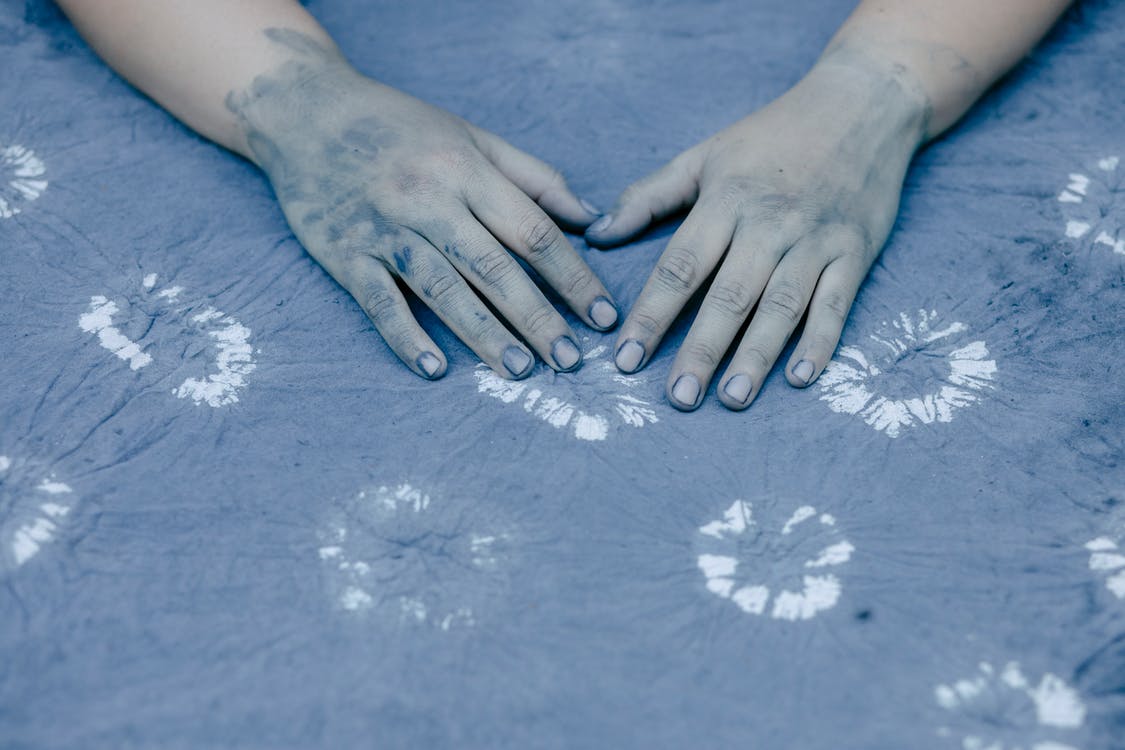
Curcumin has been used to color wool and cotton fabrics, as well as to test their antibacterial potential. Pads coloring using curcumin on wool and cotton provided both color and antibacterial properties, as proven. In comparison to the untouched one, this procedure was shown to be extremely resistant to standard laundry techniques. When processed with natural compounds, cotton as well as other natural materials have great antibacterial properties.
Silk is known to contain inherent antibacterial properties, however it may not be effective against a wide spectrum of germs. Coating with natural dyes such as curcumin, which may be found in Leaf extracts and other plants, has successfully conferred antibacterial action against microbes.

Microbial dyes have also been produced to colour cotton, beurre cotton, satin, and rayon, in addition to flora. 2-methyl-3-butyl-prodigine, prodigiosin, 2-methyl-3hexyl-prodigine, 3, 4-Didehydrorhodopsin, anhydrorhodovibrin, alloxanthin, and tetradecanoyl-hexadecanoyl compounds were found in a red pigment derived from Rhodonellum psychrophilum. This color has antibacterial, antiyeast, and antifungal properties against Escherichia coli, Staphylococcus aureus, and Candida albicans and Cerevisiae.
To speed up the process of dying, aluminum or metal-based additives like chromium, alumina, iron, metal, stannous, and tin, as well as liquids like petroleum ether, ethyl alcohol, acetone, and methanol, are sometimes utilized. However, the widespread usage of these additives may not even be environmentally favorable. On the other hand, wood extracts, oils, tannic acid, elderberry, gallbladder nuts, neem, oleic, stearate acids, and other organic mordants are being used. Natural additives are constantly being researched for their ability to improve the dying process as well as their antibacterial properties.
When colored with chlorophyll, saffron red, and yellow organic dyes, woolen and silk fibers prepared with neem retained more color than untreated fibers. On the silk fabric, the organic mordant myrobalan was utilized in conjunction with a natural dye produced from Opuntia ficus-indica plant to boost its antibacterial properties.
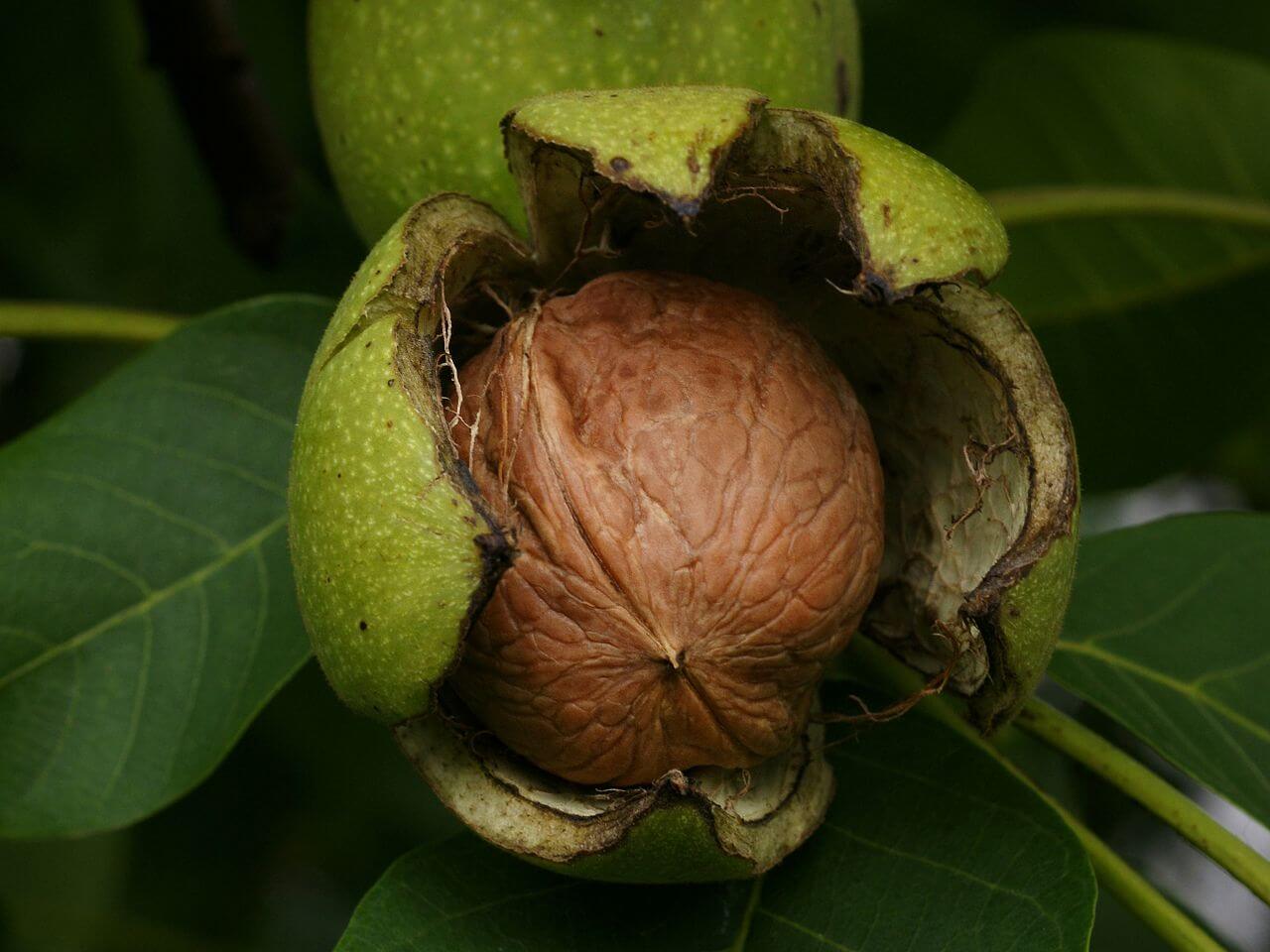
Experiments using organic dyes produced using Green walnut shells and Neem plants, in addition to the natural or artificial additives, revealed that the higher concentration of colours also boosted the antibacterial ability of silk fabric. Antimicrobial effect of a variety of synthetic dyes has also been explored. They are not, however, considered body or ecologically friendly.
What about the fabric’s long-term longevity?
Antimicrobial materials have a longer life since they require less scouring and washing—cleaning isn’t required as frequently because these textiles don’t enable odor-causing bacteria to thrive. In addition, unlike unprotected fabrics, the underlying substance will not be progressively destroyed by microbiological pollutants.
Antibacterial fabrics in the apparel industry
Thanks to the durable and anti-odor characteristics of antibacterial fabrics. They are widely used in the clothing industry. For example, fitness clothing, underwear, socks and baby wears or evens the cleaning towels!
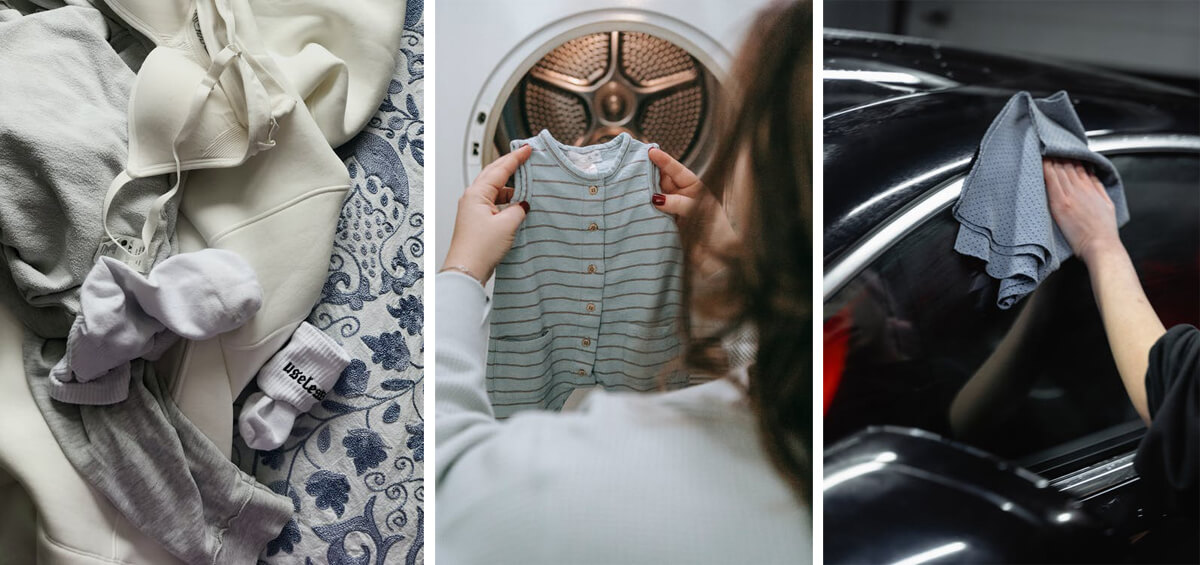
Conclusion
Antimicrobial fabrics are particularly useful in today’s world in hospitals, the environment, and other locations where germs are a problem. The garments worn by patients, healthcare staff, and physicians may contain a large number of germs that can readily be passed from one person to the other. When it comes to limiting the transmission of pathogenic germs, antimicrobial textiles have a lot of commercial potential.
Antimicrobial fabrics are classified as antibacterial, antifungal, or antiviral depending on their microorganism specificity. Several antimicrobial fabrics may work concurrently against bacteria, fungus, and viruses. Antimicrobial compounds are those that can be utilized to kill a wide spectrum of bacteria. In public places like hotels, restaurants, and trains, this sort of cloth is in great demand; for example, the towel used to mop up fluids, the curtain, and the carpet might all be a cause of infection. There are also notable unmet odor management needs, which is a rapidly growing study subject in this discipline.
In the end, we can only conclude that these antibacterial materials are an indispensable tool for the modern world, in order to eliminate as much as possible the risk factors for the appearance of infections of any kind.
